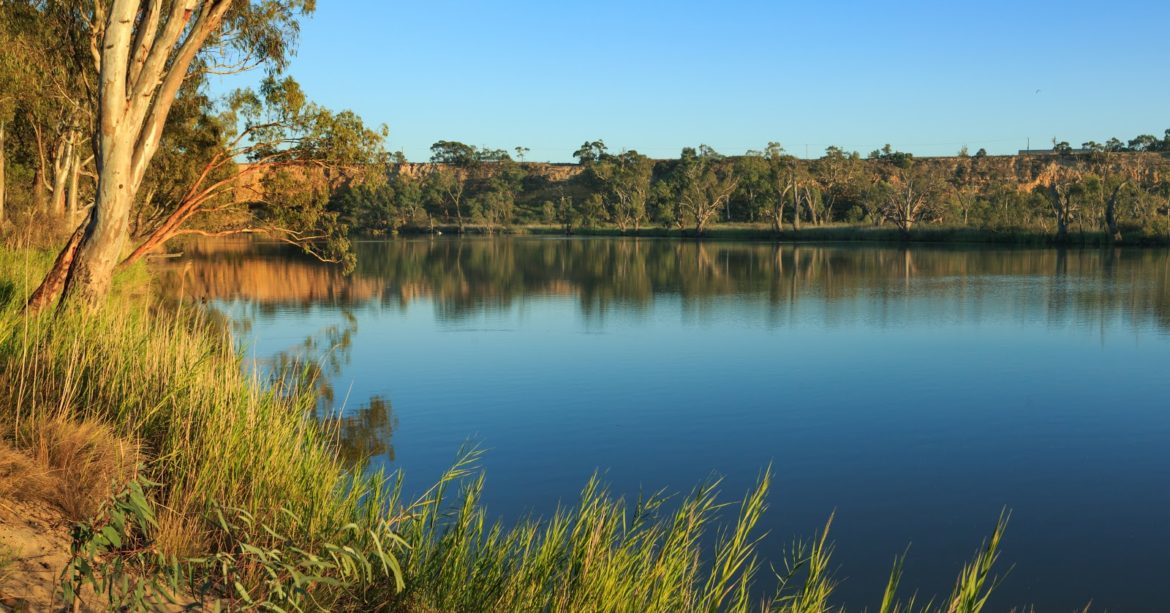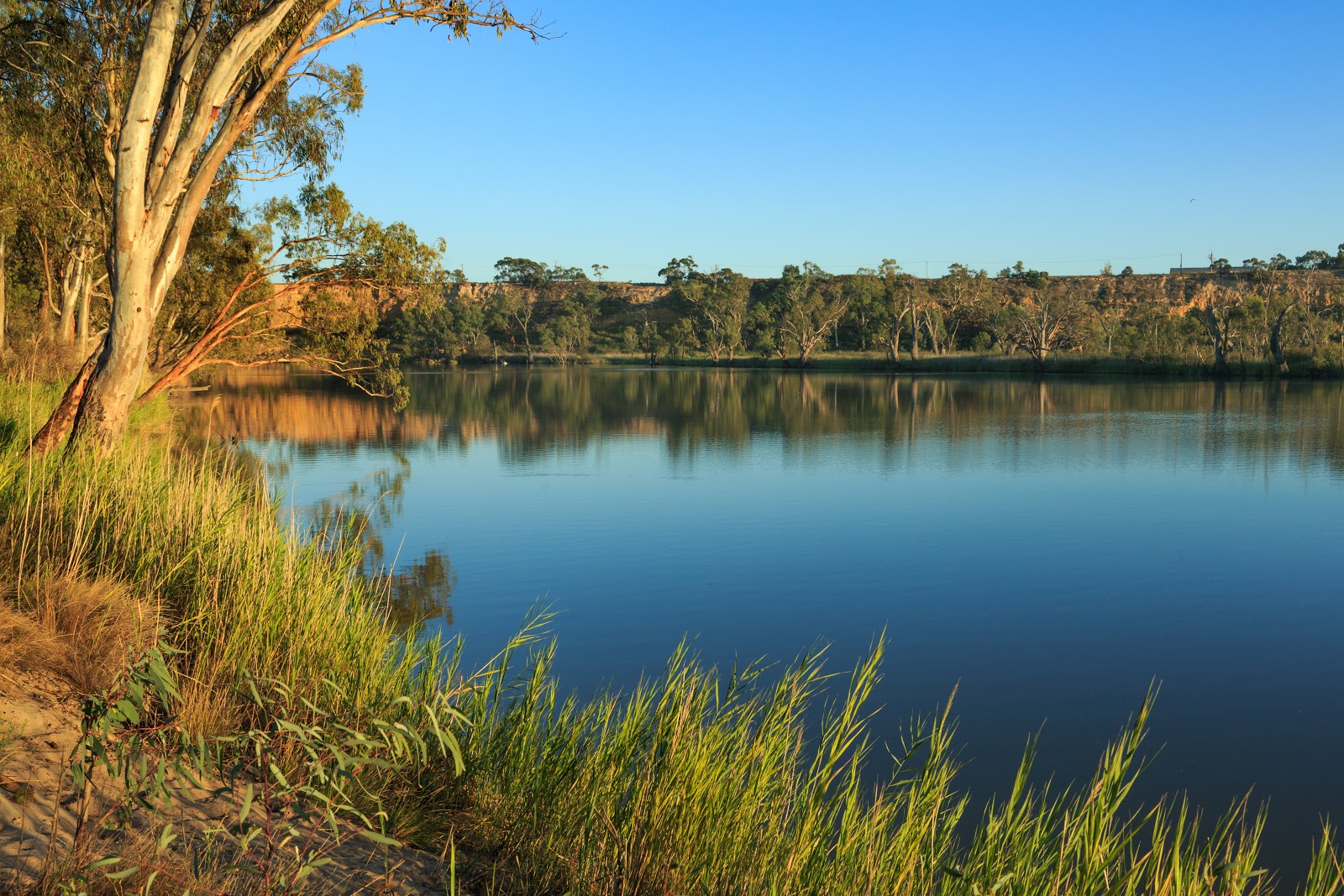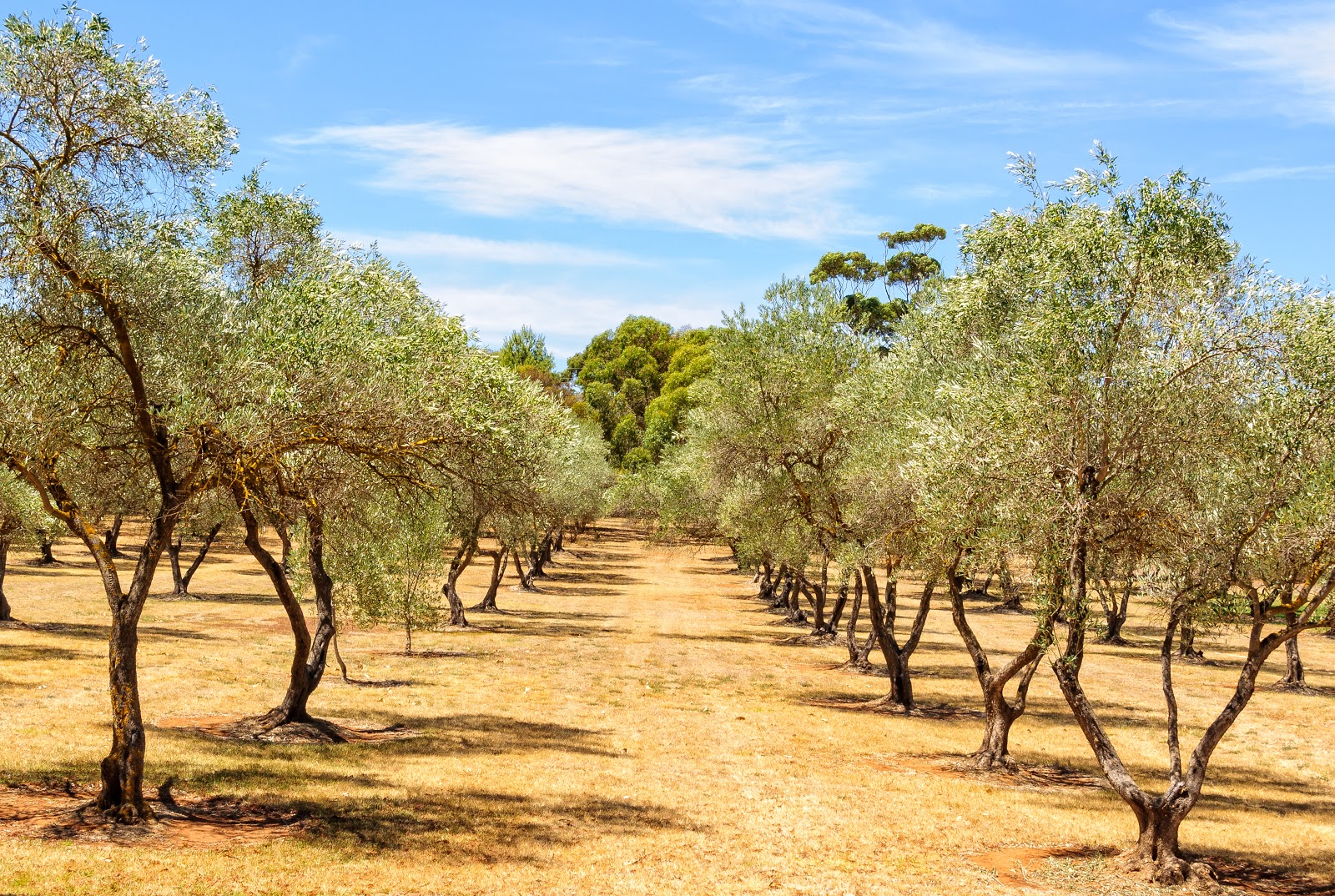The History of Almonds in Australia
The first almonds were cultivated during the Early Bronze Age. They were found in what is now Asia, from the area around northern India across to Syria, Israel, and Turkey. Since these early days, almonds have become popular across the world and the USA is now the world’s largest producer.
Australia was first introduced to almonds in 1836. This is when varieties of the crop were brought to the country aboard the Duke of York. Initially, sealers planted these almonds on Kangaroo Island, and plantings were also made on the Central Adelaide Plains in South Australia. This was the start of the history of the Australian almond which we are going to look at in more detail.
Key points
- Australia was first introduced to almonds in 1836
- Crop yield has increased from 39.08 metric tons in 2010 to an expected 120 metric tons in 2021
- Almond export revenue increased to $772 million in year 2019-20.
Need a Quote?
Packing Shed
RECOMMENDED ARTICLE
Should Soy Milk be Called Milk? – Entegra Signature Structures
Early days of almonds in Australia
The area of the Central Adelaide Plains was ideal for the planting of almonds. This was due to the climate and the fertile nature of the soil. The planting of almonds in western suburbs like Marion and Edwardstown became common in the 1920s and 1930s. This happened as urban Adelaide expanded, reducing the opportunity to grow almonds in the Central Plains area.
At this time, growers also moved their crops to the Willunga area and the Northern Adelaide Plains. This move continued to areas that were irrigated by the Murray River, in the 1960s and 1970s.
Growers made this latter move as there was plenty of land available and it was less expensive to buy. This provided the opportunity to expand operations and take advantage of economies of scale.
The new area was also an excellent location for almond growing due to its drier climate. The sunny weather led to larger crop yields when combined with the water supply from the river.
Two organisations have helped to develop the almond industry from its origins in Australia. The South Australia Department of Agriculture recognised the potential of the crop and supported the growth of the industry. Over the years, this has included research into how to improve plants and pruning techniques to increase yield and improve quality.
In 1995, the Australian Almond Growers Association was founded. The association changed its name to the Almond Board of Australia (ABA), in 2002. It leads the development of the almond industry in Australia and promotes the crop domestically and in the export market. Its members also communicate about issues that affect the industry and its performance.
Currently, the insights provided by the ABA suggest a healthy picture for the almond industry in Australia.
RECOMMENDED ARTICLE
Grape byproducts open new markets – Entegra Signature Structures
The Australian almond industry today
Today, most Australian almond growing still happens along the Murray River. The most prolific growing districts are Riverland, Sunraysia, and Riverina. The industry has expanded greatly in recent years. According to Statista, the crop yield has increased from 39.08 metric tons in 2010 to an expected 120 metric tons in 2021.
There are some Covid-19 related issues to be dealt with, such as lockdowns in India and Europe affecting exports. However, the shelf life of almonds is longer than for many other food products.
So, although growers want to sell their entire crop, they are not under as much pressure as growers in other industries. This is good news considering the fact that almond export revenue is hugely important to the industry. It amounted to $772 million in 2019-20.
Almonds are also one of the healthy foods that are growing in popularity during the pandemic. This is more good news for the industry.
The one big concern, when it comes to almond growing in the country, is the amount of water it uses. This is currently under consideration given that water may become a more scarce resource as a result of global warming.
However, overall the current situation in the industry is healthy. We are witnessing a positive chapter in the story of the almond in Australia.
RECOMMENDED ARTICLES
Should Soy Milk be Called Milk? – Entegra Signature Structures
The History of Shearing Sheds in Australia – Entegra Signature Structures
The History of Backpackers Fruit Picking in Australia – Entegra Signature Structures
The Origins of the Shiraz Grape Used in Australian Shiraz Wine – Entegra Signature Structures
The History of Bananas in Australia – Entegra Signature Structures
https://australianalmonds.com.au/almond-story/?v=6cc98ba2045f
https://www.pir.sa.gov.au/aghistory/industries/horticulture/almonds
https://www.agrifutures.com.au/wp-content/uploads/publications/10-108.pdf
http://www.fruitnet.com/asiafruit/article/181502/strong-demand-for-australian-almonds



